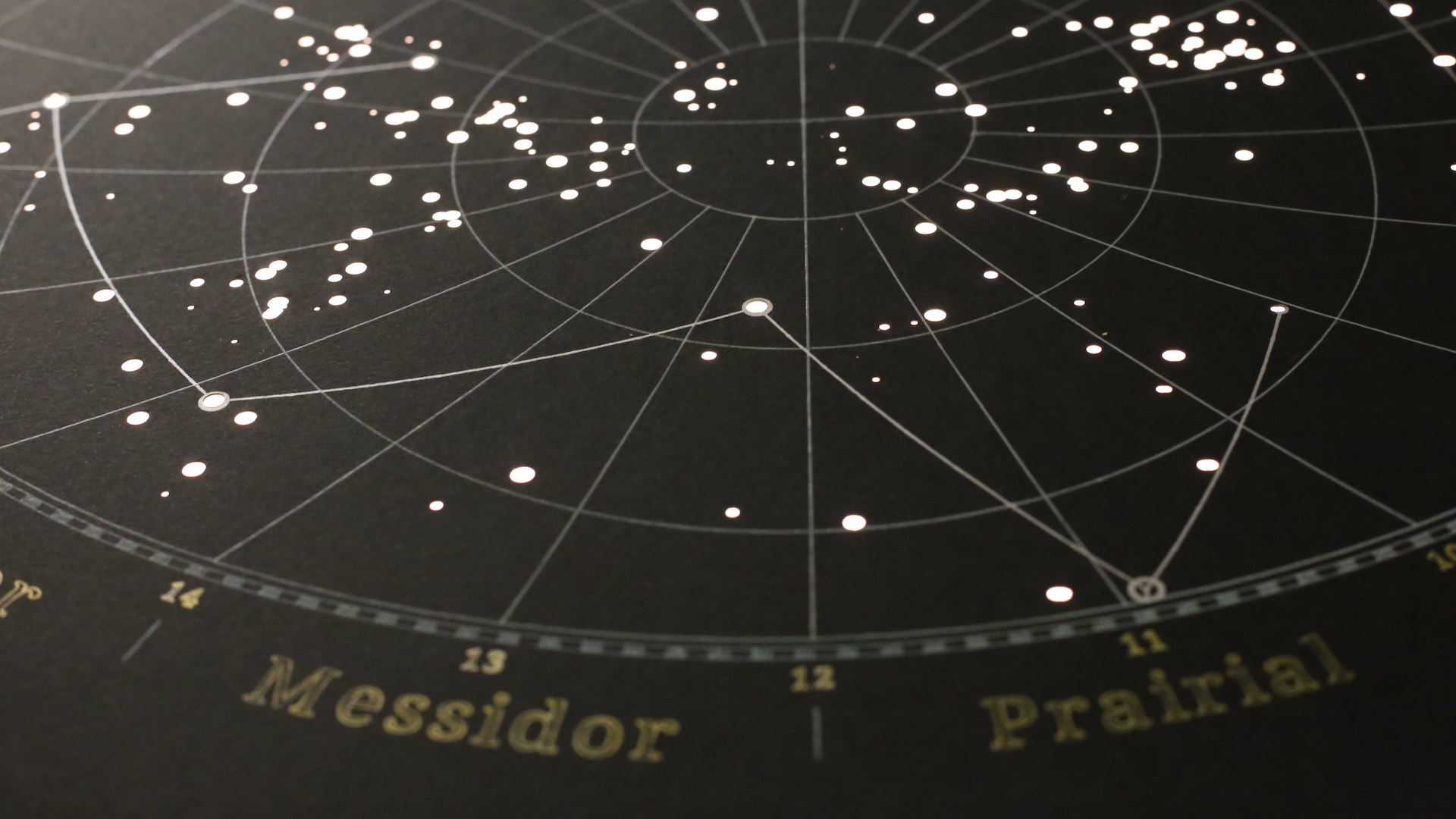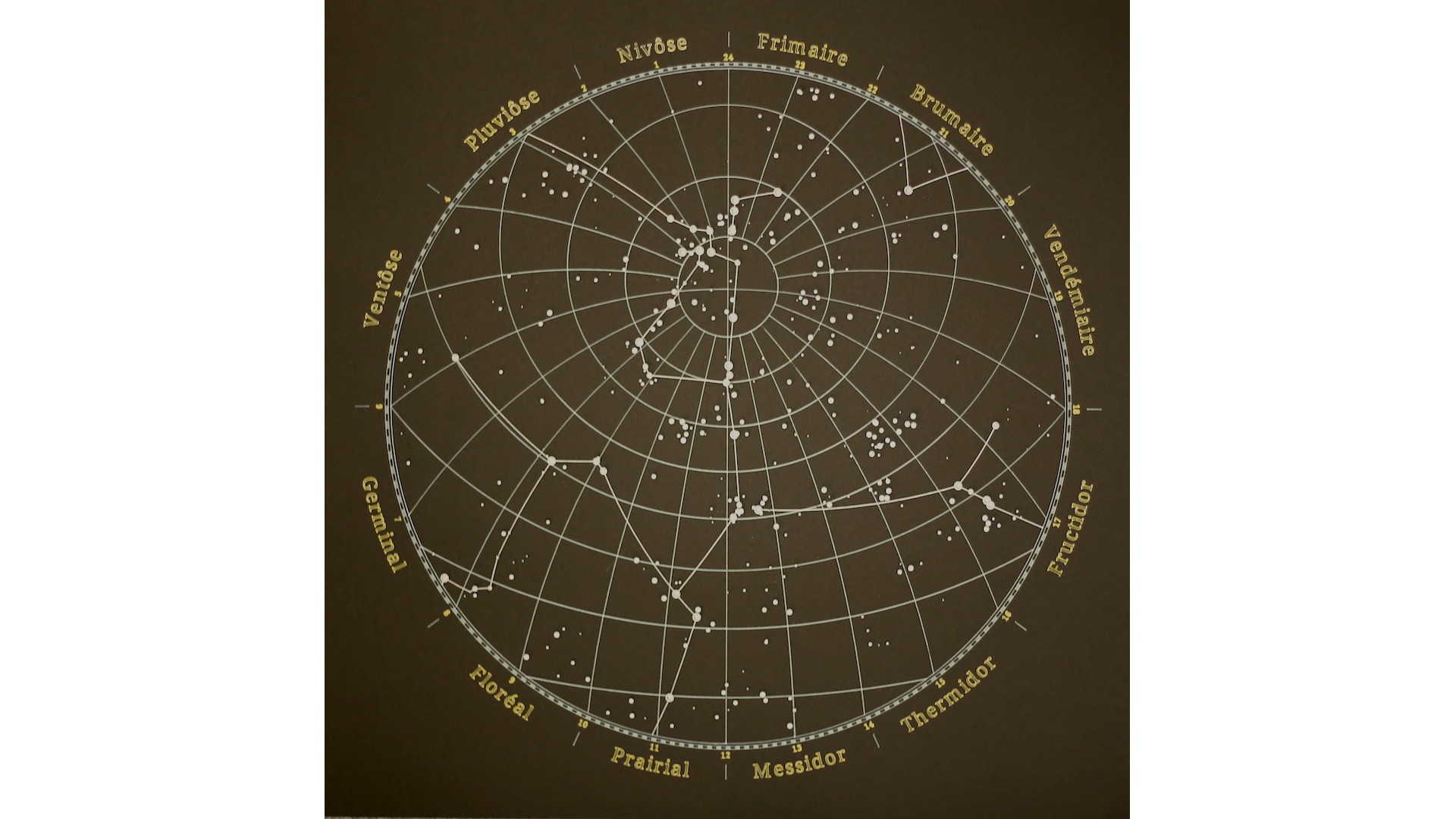Julian Bramley Burgess
Julian is a creative coder with a fascination around the workings of the inner world of mechanisms and systems.
He began coding at a young age with the ZX Spectrum, and went on to gain a BSc in Computer Science. Then started an early career in web development, moving into data visualisation. In 2009 he was awakened to the artistic power of computation when visiting the Decode: Digital Design Sensations exhibition at the Victoria and Albert Museum. This inspired him to take summer courses with ITP at Tisch School of the Arts NYU, and the Copenhagen Institute of Interaction Design.
His extensive background in web development has fuelled his drive to push forward the web as both an artist medium and method for mass communication, distribution and archiving. He also has been part of the plotter art community and released open source libraries to allow obsolete plotters to be controlled via the JavaScript Canvas API.
In his professional life he produces data visualisation graphics for Bloomberg, and previously at The Guardian, Associated Press and The Times.
Exhibited works:
- 2019: Overcurrents - Horniman Museum, London
- 2014: MerryTimes - HoloCenter, NYC
Julian Bramley Burgess
Julian is a creative coder with a fascination around the workings of the inner world of mechanisms and systems.
He began coding at a young age with the ZX Spectrum, and went on to gain a BSc in Computer Science. Then started an early career in web development, moving into data visualisation. In 2009 he was awakened to the artistic power of computation when visiting the Decode: Digital Design Sensations exhibition at the Victoria and Albert Museum. This inspired him to take summer courses with ITP at Tisch School of the Arts NYU, and the Copenhagen Institute of Interaction Design.
His extensive background in web development has fuelled his drive to push forward the web as both an artist medium and method for mass communication, distribution and archiving. He also has been part of the plotter art community and released open source libraries to allow obsolete plotters to be controlled via the JavaScript Canvas API.
In his professional life he produces data visualisation graphics for Bloomberg, and previously at The Guardian, Associated Press and The Times.
Exhibited works:
- 2019: Overcurrents - Horniman Museum, London
- 2014: MerryTimes - HoloCenter, NYC


